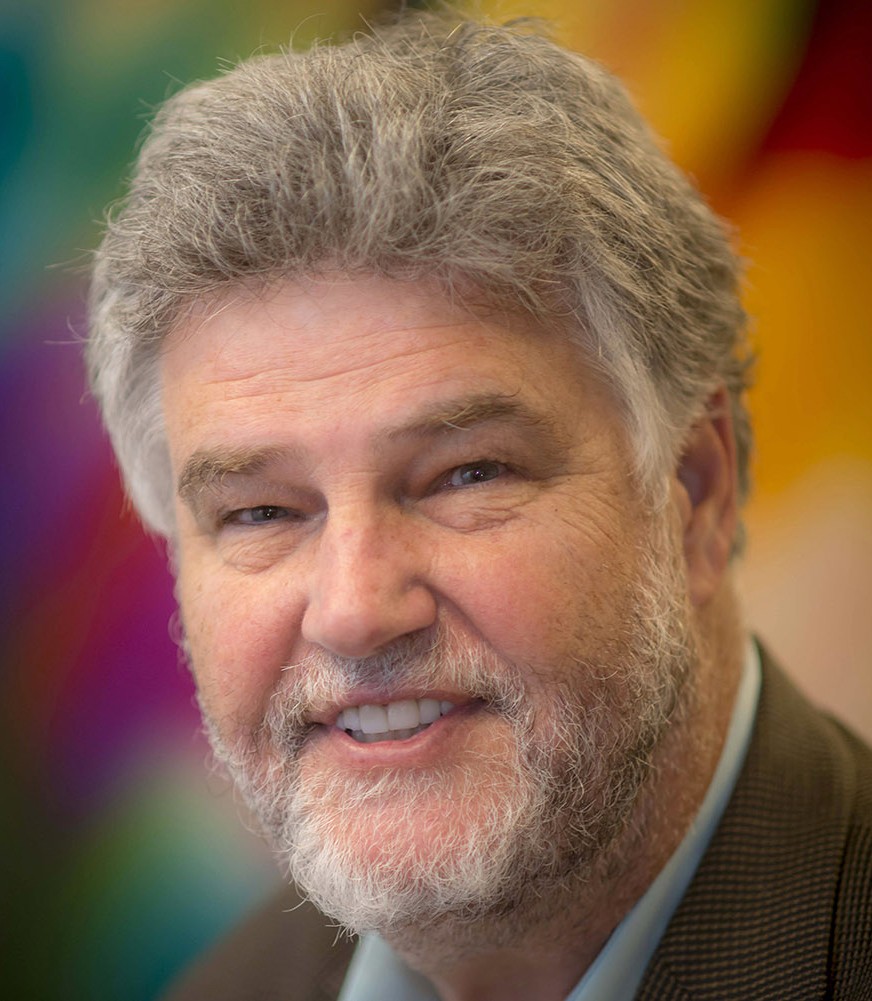Featuring E. Michael Campbell
As the world evolves to carbon free energy – in addition to renewables – central, concentrated energy sources that can be placed in proximity to cities will also be required. Advanced nuclear fission sources that require no active safety systems, that can be economical at output powers less than 100 MW and can be deployed within a decade, will almost certainly play a major role in a “reduced carbon” future. On the longer term, significant advances in nuclear fusion, both with magnetic and inertial confinement approaches, have also occurred and will increasingly become part of the “energy dialogue for the future.” This presentation will summarize the present state of nuclear power (fission and fusion) and a vision for the future.

E. Michael Campbell
Dr. E. Michael Campbell is the Director of the Laboratory for Laser Energetics at the University of Rochester. He is an internationally known expert in inertial fusion, high-energy-density physics, high-power lasers and their applications, and advanced energy technologies including Generation IV nuclear fission reactors and biofuels. He has won numerous awards including the Department of Energy’s E. O. Lawrence Award, the American Nuclear Society’s Edward Teller Award, the American Physical Society’s John Dawson Award, the Department of Energy’s Excellence in Weapons Research Award, and the Leadership Award of Fusion Power Associates. He is a Fellow of the Optical Society of America, American Physical Society, and the European Institute of Physics. He has published over 200 articles in scientific journals and holds five patents including the design of the first laboratory x-ray laser. He has given numerous invited and plenary talks at both national and international conferences. He is the originator of the Inertial Fusion Science and Applications Conference. Dr. Campbell has been a member of numerous committees providing advice and strategy, including the Department of Defense, Missile Defense Agency, National Academy of Sciences, Los Alamos National Laboratory, Berkeley National Laboratory, University of Texas, the National Research Council of Canada, Missile Defense Agency, and Lockheed Martin Corporation. He served on the Board of Evans and Sutherland Corporation and has worked in various scientific and leadership positions at both federal laboratories and the private sector, including Lawrence Livermore National Laboratory, General Atomics, Logos Technologies, and Sandia National Laboratories. He has received degrees from the University of Pennsylvania, Princeton University, and the University of Western Sydney.
Date Recorded: December 14, 2019
Date Recorded: December 9, 2019
Date Recorded: November 2, 2019